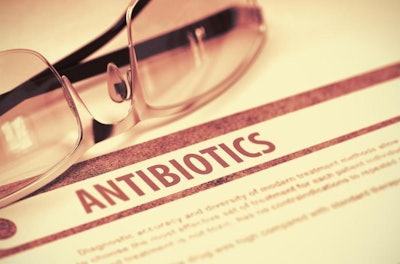
World must find a way to help developing countries transition away from using antibiotics in animal feed, researcher says.
Antibiotic resistance in low- to mid-income countries, where the use of antibiotics in animal feed is still largely permitted, now exceeds levels seen in wealthier economies.
Hotspots of antibiotic resistance have emerged in India, China, Pakistan, Iran, Turkey, Brazil, Egypt, Vietnam, Mexico City and Johannesburg, according to a September study published in the journal Science. Antibiotic resistance now exceeds levels reported in the U.S. and Europe in some cases, particularly in Asia, according to João Pires, a post-graduate researcher at the Swiss Federal Institute of Technology in Zurich and one of the authors on the paper.
Despite a steep decrease in the use of antibiotics for growth promotion in feed, antibiotic resistance continues to climb globally. Between 2000 and 2018, antimicrobial resistance increased 1.5% per year in chickens and 1.3% in pigs. China and India reported the highest levels of resistance, according to the report, but new hotspots are emerging in Brazil, Kenya, and other low- to mid-income countries.
“If nothing is done, if there is not a way in which we promote better farming practices, I do not see this going very well,” Pires said.
While it may be “easy to export the problem to lower income areas” while cutting back on antibiotic use elsewhere, Pires said countries with more established economies owe it to developing nations to find a way to transition away from routine use of antibiotics in animal feed.
“The thing that is a little unfair is, many high-income countries used antibiotics for a long time,” and to the benefit of their economies, Pires said. Emerging economies, he said, can’t be expected to make the transition to more sustainability policies on antibiotics on their own, especially because lower biosecurity and limited access to nutritious animal feed force farmers in these countries to lean more heavily on antibiotics for growth promotion.
Because if they don’t, he said, antibiotic resistant bacteria will continue to spread. And the data do suggest that antibiotic resistance is increasing across the board in spite of efforts in wealthier countries to cut back on their use for growth promotion. It is possible, Pires said, that antibiotic resistant bacteria are spreading via international trade and from one animal to the next.
“It seems resistance, especially in Asia, is rising quite fast,” Pires said, “so I think we have to do something about it as soon as possible.”

















